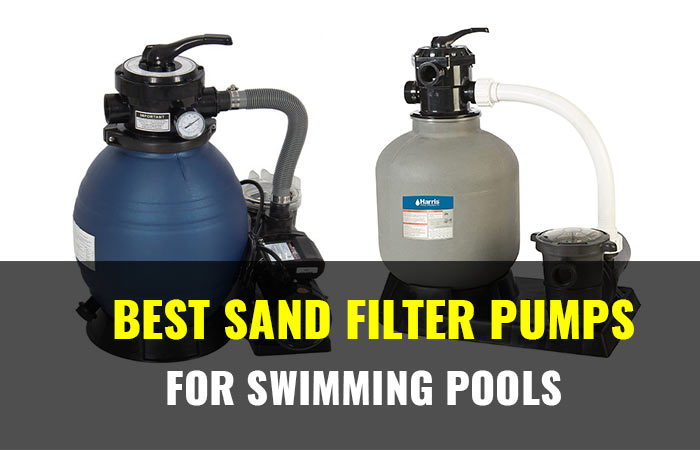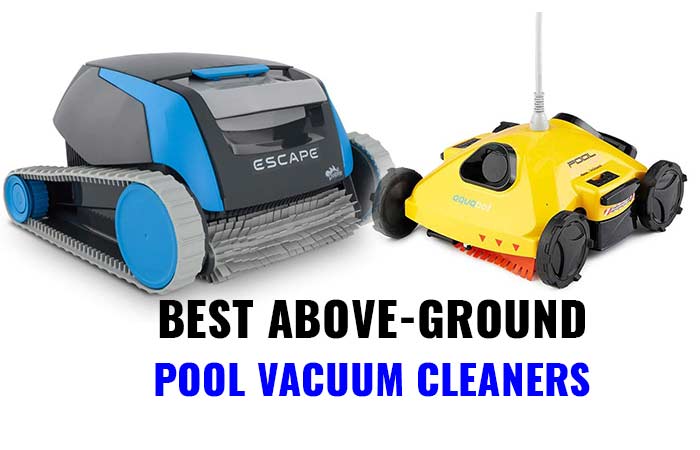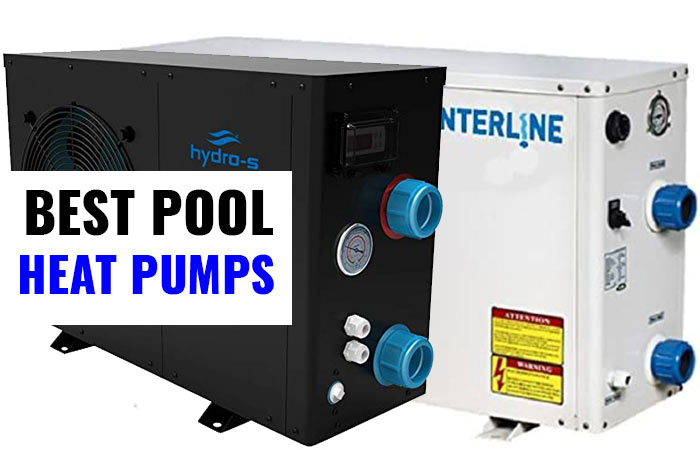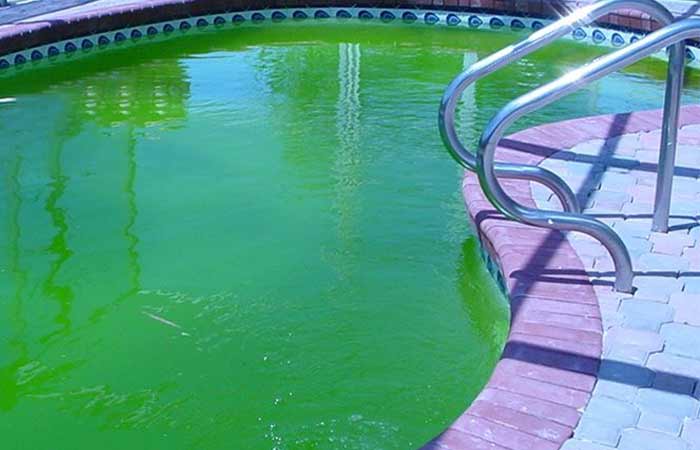Can you Put Bleach in a Pool-How Much & Uses
To keep your pool water clear and free of dirt, ensuring the chemicals are balanced and it’s always clean is paramount. Bleach is one of the household items that you can use to clean and disinfect your pool. The following is a discussion on how you how bleach works plus tips and ideas to use it in your pool.
Can you put Bleach in a Pool?
Yes, you can add bleach to your pool. It is one of the best household products that can help in cleaning your pool. What does it do?
- Bleach acts as sanitizer by destroying all microorganisms in your pool.
- It disinfects your pool water by killing disease causing organisms.
- It helps clear your water by getting rid of algae.
- It is an oxidizing agent; it destroys ammonia and swimmer waste.
- Removes water contaminants including perfumes, lotions, remains of hair products, etc.
The most common bleach used is liquid chlorine bleach which contains hypochlorous acid molecules. When bleach is added to water, a molecule of the hypochlorous acid becomes a negatively charged ion of hypochlorite ion and destroys all bacteria and disinfects the pool.
You do not need to use a stabilizer when using bleach to clear up a pool. It just works by itself. Stabilizers are recommended when using pool-grade chlorine. They are however known to affect the effectiveness of chlorine.
Bleach vs Pool-grade Chlorine?
Many people prefer pool-grade chlorine for cleaning pools but bleach is also a good disinfectant. Both can be used as bleaches for pools, however, they are not the same in terms of chlorine concentrations.
Here are some of the differences that they have:
Cost
When compared to chlorine, bleach is much cheaper even when it is used in large amounts. Less chlorine is used when cleaning pools but still, it is very expensive while on the other hand much bleach is used yet it is less costly. Price is one of the major reasons why pool owners choose bleach over pool-grade chlorine.
convenience
Bleaches can be easily found in shops and stores nearby homes which makes it convenient to use. Additionally, it is easy to use since all you need to do is to mix the correct amount of bleach and pour it out in the pool steadily. As for chlorine, the tabs and powder need to be mixed well to form a solution. It is also very important to ensure that the mixture is well stirred.
Effectiveness
For better outcomes when cleaning a pool, chlorine stands a better chance than bleach. This is due to a number of reasons. First, it is stronger than bleach because it contains a higher percentage of calcium hypochlorite chlorine.
Bleach contains 5.25% of chlorine while chorine contains 65% of calcium hypochlorite chlorine thus it kills microbes more effectively. Also, chlorine contains elements that make it a good stabilizer. The reason chlorine is used in small quantities is that it is very effective.
You can use either bleach or chlorine when cleaning pools since they are all meant for the same purpose. Their differences could influence your choice in that, for pocket-friendly and convenience, then bleach is a better option but for effectiveness and clarity of your pool, chlorine is what you should go for.
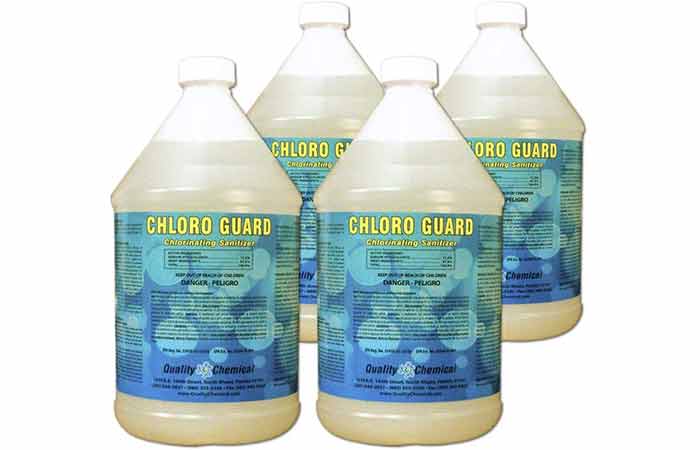
Bleach in Pool Calculator
To calculate the right amount of bleach needed in your pool, you will need to know the volume of water in your pool and also the level of chlorine.
Calculating the pool volume
Pool Volume = Length x Width x Average depth of the pool
Once you have calculated the volume, multiply the figure by the follows:
5.9 if it’s around pool
6.7 if it’s an oval pool
7.5 if it’s a rectangular pool
What you get is the number of gallons in your swimming pool
The ideal level of chlorine in a pool should be 1-3PPM for effective sanitization of the pool. Levels that are higher than this are not safe for swimmers.
You can use any of the following tools to test your pool water
Test strips: This can test up to 7 parameters: In addition to testing free and total chlorine levels it also tests total hardness, bromine, pH, cyanuric acid (stabilizer) & total alkalinity

An electro-tester-Checks and monitors chlorine levels. It can also be used for routine monitoring of pH in spas and different water sources.

How much Bleach for 10000/1000 Gallon Pool?
For a 10000 gallon pool, the amount of bleach you need is 1/4 gallon(32ounces). This can raise the chlorine level to roughly 2.5ppm.
For cleaning 1000 gallons of the pool, you will need 4.2 ounces(0.03 gallons) of Clorox to rise the chlorine level by 2 ppm
Will Bleach Clear up a Cloudy Pool?
It is common for pool water to become cloudy and this could be due to a number of reasons including improper filtration, lack of balance in the pH levels in the pool, waste from the environment, high calcium and alkaline levels. The presence of algae and bacteria also causes cloudy pools.
Liquid bleach can be used to clear cloudy pools since it contains chlorine and does not contain a stabilizer hence when it is added to a pool; it works by killing microbes thus resulting to a clear pool.
How to use Bleach in Pool for Algae Removal
Green pools are as a result of algae that accumulate in the pool making it unsafe for swimming. Bleach can be used to destroy the algae and make the pool clear again. Before shocking the pool, you should consider factors such as the pH level and also the alkalinity of the pool.
More bleach is required to increase the level of free chlorine in the pool since that is the main purpose of the bleach.
When the bleach is added to the pool, the chlorine kills all the bacteria since chlorine contains ions that are negatively charged destroy the outer membranes of bacteria. This makes them harmless and prevents them from growing again.
Here are a few steps on how to use bleach in the pool to get rid of algae:
Steps
- Before anything else, make sure that you check and analyze the pH of the pool. It is recommended that it should be between 7.2 and 7.8. Anything above that might hinder the functioning of chlorine.
- With a test kit, measure the level of cyanuric acid. The ideal amount is 20 and 50 ppm. To increase its concentration, add a stabilizer to the pool.
- To get the amount of bleach required in the pool, you will need to find the volume of the pool which is gotten by multiplying the width by the length by the depth. This will help you add the correct amount of bleach.
- The bleach should be added in the pool in the evening when the sun has gone down because sunlight destroys chlorine. However, if you poor the bleach in the pool before the sun is down, you will need to add a stabilizer to ensure that the chlorine does not get destroyed.
With these easy steps, you are able to clear and sanitize your pool. However, you will need to add bleach to your pool frequently so as to avoid the accumulation of algae again and other microorganisms as well.
What is the Best Liquid Bleach for Pools?
Some of the best liquid bleaches you can use for DIY pool cleaning include;
Clorox Bleach
The regular Clorox is the most common household bleach product. It comes with an excellent antibacterial, germicidal and fungicidal properties ideal for cleaning, disinfecting and deodorizing.
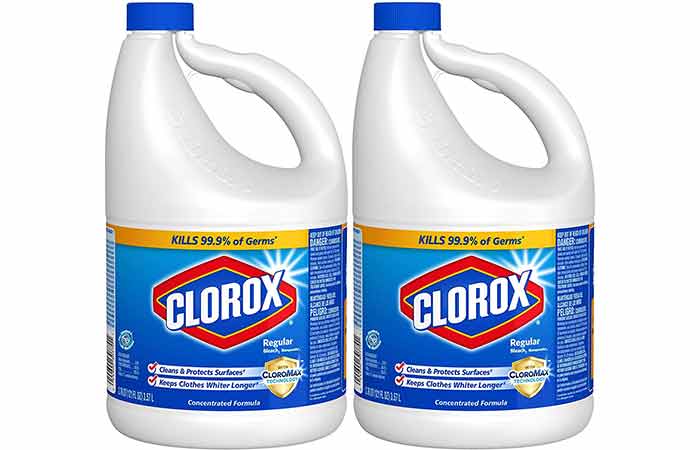
Pure Bright BLEACH Liquid Bleach
The Pure Bright is yet another liquid bleach that disinfects, removes odors and keeps your pool water clear.

Clorox Pool&Spa Pool Algaecide
This is a very affordable Clorox bleach specifically meant for swimming pools and spas.

It comes with;
- built-in clarifier
- Prevents and treats pool algae
- Non-foaming formula
- Suitable for all pool types

